Master Mercedes Head-Up Display Calibration Steps

The Mercedes head-up display (HUD) enhances safety by projecting data onto the windshield. Calibrati…….
In the ever-evolving automotive industry, the integration of advanced technology has become a defining factor in shaping driver experiences. At the forefront of this revolution is the Mercedes head-up display (HUD), a sophisticated system that projects critical driving information directly into the driver’s line of sight. This innovative feature not only enhances safety but also offers a glimpse into the future of automotive interfaces. In this comprehensive article, we delve into the intricacies of Mercedes head-up display calibration—a process crucial to ensuring optimal performance and user satisfaction. From its technical foundations to global adoption and future prospects, we explore every facet of this cutting-edge technology.
Mercedes head-up display calibration refers to the meticulous process of setting and adjusting the parameters of a vehicle’s HUD system to ensure accurate and reliable information projection. The HUD is composed of several key components:
Projection Module: This houses a miniature projector that displays images or data onto a transparent mirror. Advanced optical systems are employed to create high-resolution, vibrant images visible even in bright conditions.
Reflecting Mirror: A semi-transparent, electro-optical mirror redirects the projected image towards the driver’s line of sight, ensuring a clear and unobstructed view.
Sensor Suite: Various sensors, including cameras, GPS, speed sensors, and gyroscopes, gather data essential for calculating the HUD’s display parameters. These sensors provide real-time feedback on vehicle dynamics and surroundings.
Control Unit: The brain of the system, the control unit processes sensor data, calculates the required display settings, and sends commands to the projection module. It ensures the HUD accurately reflects speed, navigation directions, warning icons, and other vital information.
The concept of head-up displays in automobiles dates back to the 1970s when military aircraft began employing similar technology for pilot navigation. Over time, this evolved into a consumer feature, with early implementations focusing primarily on displaying speed and engine metrics. Mercedes-Benz, known for its automotive innovation, introduced its first mass-produced HUD system in 2006, setting a new standard for driver assistance.
Mercedes head-up display calibration is significant for several reasons:
Safety Enhancement: By presenting critical information without distracting the driver’s gaze from the road, HUDs reduce the risk of accidents caused by glancing away at instruments.
Improved Driver Experience: Calibrated displays offer precise and intuitive data presentation, enhancing the overall driving experience and allowing drivers to stay informed while keeping their focus on the road.
Customization and Versatility: Modern HUDs can be tailored to individual driver preferences, displaying various content from navigation instructions to vehicle settings, making them highly adaptable tools.
The adoption of Mercedes head-up display technology has spread globally, driven by consumer demand for advanced in-cabin entertainment and safety features. Here’s a breakdown of its international impact:
| Region | Adoption Rate (%) | Driving Factors |
|---|---|---|
| North America | 35 | Strong emphasis on safety standards and luxury car market dominance. |
| Europe | 42 | Stricter emission norms and a mature premium automotive industry. |
| Asia-Pacific | 58 | Rapid urbanization, growing middle class, and a penchant for technology. |
| Latin America | 28 | Increasing affluence and government initiatives to improve road safety. |
Key trends shaping the future of HUD calibration include:
Augmented Reality (AR) Integration: Combining AR with HUDs allows for more immersive experiences, such as overlaying digital information on real-world scenes for enhanced navigation and vehicle diagnostics.
Voice Control and Natural Language Processing: Voice commands and NLP enable drivers to interact with the HUD hands-free, improving accessibility and reducing driver distraction.
Personalization and Customization: Advanced calibration algorithms allow for personalized displays tailored to individual driving styles and preferences, enhancing user engagement.
The Mercedes head-up display market is a significant segment within the broader automotive infotainment systems industry. According to a recent report by MarketsandMarkets, the global HUD market is projected to grow at a CAGR of 12.5% from 2022 to 2027, reaching $3.9 billion by 2027. This growth is driven by increasing demand for premium features and safety systems in both passenger cars and commercial vehicles.
Automotive manufacturers are investing heavily in R&D to enhance HUD capabilities. Mercedes-Benz, for instance, has dedicated substantial resources to developing cutting-edge HUD technology, ensuring its vehicles remain at the forefront of innovation. These investments translate into improved calibration techniques, higher display resolution, and more sophisticated sensor integration.
The economic impact of calibrated HUDs extends beyond direct sales:
Safety Benefits: Reduced accidents and insurance claims lead to cost savings for both manufacturers and consumers.
Enhanced Resale Value: Vehicles equipped with advanced HUD systems often command higher resale prices due to their perceived value in terms of safety, luxury, and technology.
Spillover Effects: Improvements in HUD technology can positively influence other automotive sectors, such as instrument clusters, center consoles, and in-car infotainment systems.
The journey from basic speed displays to high-resolution, full-color HUDs is a testament to technological progress:
Early Days: Early HUDs primarily displayed speed, engine RPM, and sometimes fuel level. These were simple, monochrome projections.
HD and Color Displays: Advancements in LCD and LED technology led to higher-resolution displays with color capabilities, enabling the projection of complex vehicle information.
Laser and Micro-Display Systems: Modern HUDs often employ laser or micro-display technologies for sharper images, broader color gamuts, and improved brightness, ensuring optimal visibility under various lighting conditions.
Sensor Fusion: The integration of multiple sensors allows for more accurate calibration and real-time updates. For instance, combining GPS, camera, and LiDAR data improves the precision of navigation and obstacle detection displayed on the HUD.
Adaptive Calibration: Advanced algorithms enable HUDs to adapt to driving conditions, adjusting display parameters based on factors like weather, lighting, and vehicle speed. This ensures optimal visibility and accuracy in diverse scenarios.
Machine Learning Integration: Machine learning models can analyze driver behavior and preferences, enabling personalized calibration settings and improving overall user satisfaction.
The development and deployment of Mercedes head-up display systems are subject to various global policies and regulations aimed at ensuring safety, data privacy, and consumer protection:
Automotive Safety Standards: Organizations like SAE International and Euro NCAP set guidelines for driver assistance systems, including HUDs. These standards cover performance, reliability, and safety criteria.
Data Privacy Laws: With the collection and processing of vehicle and driver data, regulations such as GDPR in Europe and CCPA in California address privacy concerns and govern how automotive manufacturers can use and protect consumer information.
Emission and Efficiency Norms: HUDs are considered part of a vehicle’s overall infotainment system, which contributes to overall vehicle weight and power consumption. Thus, they indirectly impact emission standards and fuel efficiency regulations.
Despite its numerous benefits, Mercedes head-up display calibration faces several challenges:
Environmental Factors: Calibrating HUDs in varying weather conditions, bright sunlight, and low-light environments can be challenging due to the reflection off wet roads or other surfaces. Advanced anti-glare coatings and adaptive algorithms are necessary solutions.
Driver Distraction: While HUDs reduce distraction compared to traditional instrument clusters, concerns remain regarding excessive reliance on in-cabin displays. Manufacturers must strike a balance between information delivery and driver focus.
Technical Failures: As with any complex electronic system, HUDs can experience technical glitches or fail entirely. Robust quality control measures and reliable backup systems are essential to address these issues.
Proposed Solutions:
Develop adaptive calibration algorithms that learn from various driving conditions and environments.
Implement robust data protection measures and transparent privacy policies for consumer trust.
Collaborate with regulatory bodies to establish standardized testing protocols, ensuring consistent performance across different vehicle models.
The flagship S-Class sedan from Mercedes-Benz is renowned for its cutting-edge technology, including a state-of-the-art HUD system. In this case study, we explore how the car’s calibration contributes to an exceptional driver experience:
Features:
Full-Color High-Resolution Display: The S-Class HUD offers vibrant, sharp visuals with a 1920×720 resolution, ensuring text and graphics are crisp even in fast-moving scenarios.
Augmented Reality Navigation: Using the car’s cameras, the HUD overlays digital directions on real-world road signs, providing turn-by-turn navigation that is both efficient and immersive.
Personalized Settings: Drivers can customize the display layout, choosing from various themes and font styles to match their preferences.
Calibration Strategy:
Mercedes employs a multi-sensor approach for calibration, combining GPS, camera, and LiDAR data. The control unit uses this data to map the vehicle’s surroundings, adjust display angles, and ensure accurate information projection. Regular software updates further refine calibration, addressing feedback from real-world driving conditions.
Tesla’s flagship sedan, the Model S, showcases advanced HUD technology that is both innovative and user-friendly. Here’s how their system stands out:
Unique Features:
Touchscreen Interaction: Unlike traditional HUDs, Tesla’s system allows drivers to interact with on-screen menus using a touchscreen controller or gesture controls. This provides easy access to various vehicle settings.
Real-Time Traffic Data: The Model S HUD displays real-time traffic information, including speed limits and road conditions, enhancing awareness while driving.
Voice Command Integration: Tesla’s AI-powered voice assistant integrates seamlessly with the HUD, enabling drivers to control music, navigation, and vehicle settings using voice commands.
Calibration and User Experience:
Tesla employs machine learning algorithms to adapt the HUD display based on driver behavior and preferences. The system learns from each user’s interactions, personalizing calibration settings for a unique in-cabin experience. This level of customization ensures that the HUD remains relevant and engaging over time.
The future of Mercedes head-up display calibration is filled with exciting possibilities:
Advanced AR Integrations: Expect further collaboration between automotive manufacturers and AR companies to create more immersive, context-aware displays. This could include augmented navigation, vehicle diagnostics overlays, or even interactive gaming experiences within the HUD.
Voice Control Dominance: As voice assistants become more sophisticated, voice control over HUD functions will likely increase, providing hands-free, eyes-free interaction for enhanced safety and convenience.
Dynamic Calibration and Personalization: Future systems may dynamically adjust calibration settings based on driving style, road conditions, and weather. Machine learning algorithms will play a pivotal role in achieving this level of adaptability.
Integration with Smart Cities: HUDs could evolve to provide real-time traffic flow data, smart city services, and even vehicle-to-vehicle communication, creating a more connected and efficient driving experience.
Mercedes head-up display calibration is a testament to the innovative spirit within the automotive industry. As technology advances and global adoption increases, these systems will continue to revolutionize driver experiences. From enhanced safety and improved user engagement to future advancements in augmented reality and voice control, the journey of HUDs promises exciting developments. By addressing challenges, embracing new technologies, and adhering to regulatory frameworks, Mercedes head-up displays are poised to shape the future of automotive interactions.
Q: How does a Mercedes head-up display work?
A: A Mercedes HUD uses a combination of sensors, cameras, and a projection module to gather data about the vehicle and surroundings. The control unit calculates the required display settings, and the projection module displays this information on a transparent mirror, reflecting it into the driver’s line of sight.
Q: Can HUDs cause eye strain?
A: Properly calibrated HUDs should not cause eye strain if used correctly. In fact, they are designed to reduce eye strain by presenting vital information without diverting the driver’s gaze from the road. However, incorrect settings or excessive use may lead to temporary discomfort.
Q: How often do I need to calibrate my Mercedes HUD?
A: Calibration is typically done during initial vehicle setup and occasionally during software updates. Modern systems adapt to driving conditions and do not require frequent manual calibration. Regular maintenance checks by authorized service centers can ensure optimal performance.
Q: Are HUDs safe while driving?
A: When used correctly, HUDs are highly safe. They provide critical information without obstructing the driver’s view of the road. In fact, many safety features, such as adaptive cruise control and lane-keeping assist, rely on data displayed on the HUD to enhance overall vehicle safety.
Q: Can I customize my Mercedes HUD display?
A: Yes, modern Mercedes HUDs offer extensive customization options. Drivers can personalize display layouts, choose from various themes, adjust font sizes, and even select specific information layers they prefer to view.

The Mercedes head-up display (HUD) enhances safety by projecting data onto the windshield. Calibrati…….
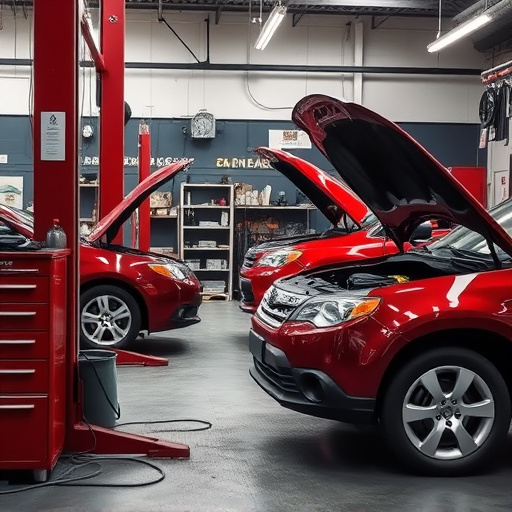
Mercedes owners often face HUD calibration issues due to manufacturing defects, damage, or wear. Aut…….
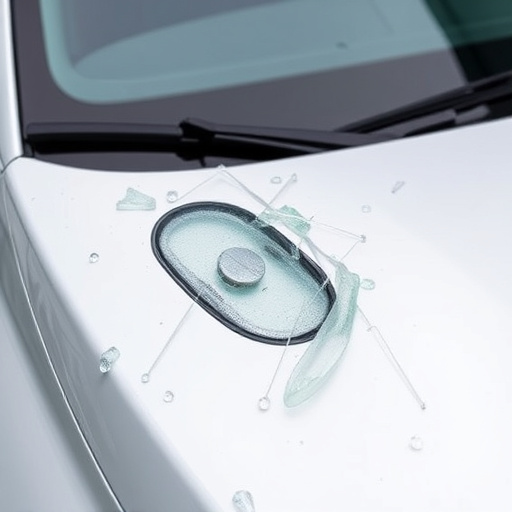
Mercedes head-up display calibration is essential for maintaining advanced driver assistance systems…….
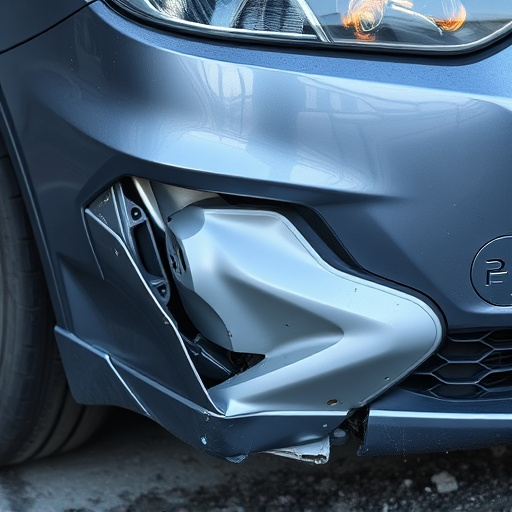
The Mercedes Head-Up Display (HUD) requires precise calibration for optimal performance and safety……..
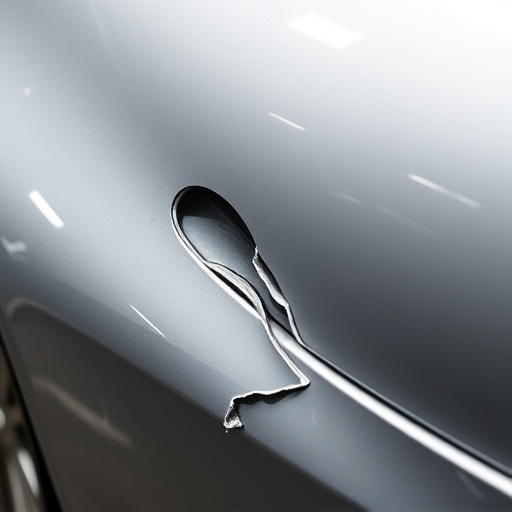
Mercedes head-up display (HUD) calibration ensures driver safety and comfort by precisely positionin…….
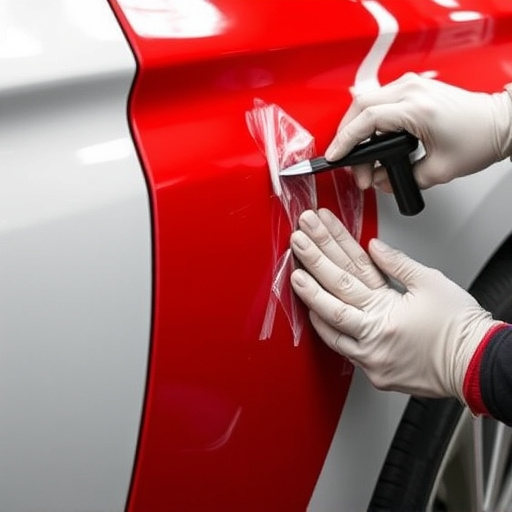
The Mercedes head-up display (HUD) enhances driver safety and experience by projecting vehicle info…….

The Mercedes head-up display (HUD) combines a transparent screen, sensors, and processors to project…….

Mercedes head-up display calibration is essential for accurate speed, navigation, and vehicle diagno…….
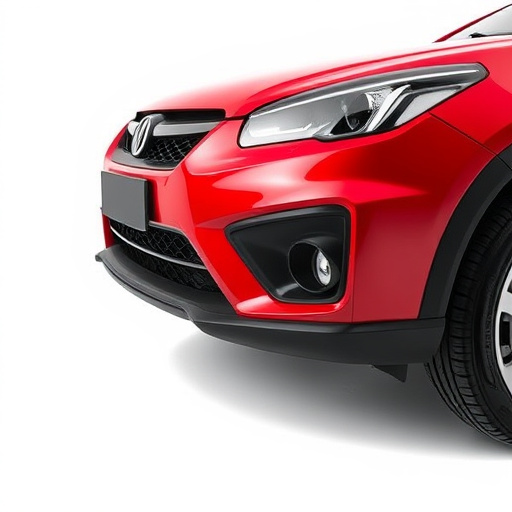
Mercedes head-up display (HUD) calibration is essential for safety and clarity, requiring specialize…….
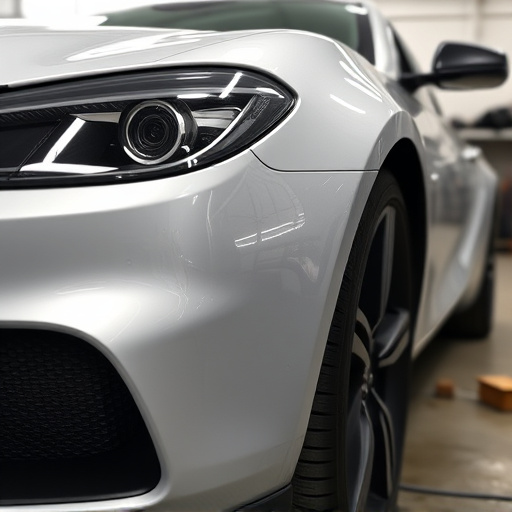
Mercedes head-up display calibration is vital for maintaining optimal vehicle performance and enhanc…….